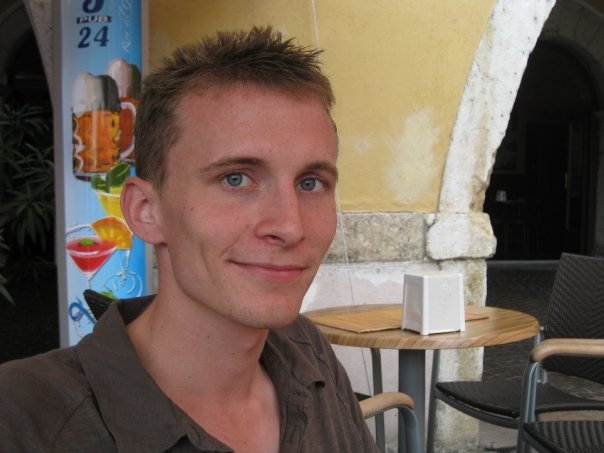Radiation Hydrodynamics
Radiation Hydrodynamics sounds pretty terrifying, so I will try to elaborate as to what it roughly means. Firstly, Hydrodynamics is the study of fluid flow, for example the flow of air over a car or the wing of a plane ( Click for an example picture at another site). So, one thing that torus does is model the flow of material. Simple!
The Radiation part is a bit more challenging... By radiation here we mean light (e.g. from the sun or a lightbulb), but quite rightly you might be asking how this affects the flow of air over your car as you drive? Why do we even bother considering such effects? Well, light comes in a range of energies (e.g. in a rainbow, as the colours go from red to blue the light becomes higher in energy). If the light is particularly energetic, it can cause atoms to jiggle about and possibly even break up (by losing electrons). This jiggling is really important. Firstly, each type of atom jiggles in a different way and as it does so can emit new light which is very specific to that jiggle, detecting this this allows people on Earth to tell what type of atoms are in space! Secondly, is that the jiggling and breaking up of atoms increases the temperature of the gas that the atoms are part of. Now, if the temperature increases, then the pressure of your gas will increase (if you stick an inflated balloon in the fridge it will deflate because there is less pressure, if you take it out again and it warms up it will re-inflate as the pressure increases). If the pressure increases, it will cause stuff to move and we find ourselves in a position where the flow of our gas is affected by light.
In star forming regions, which are usually these great big beautiful nebulae we see pictures of (I recommend the Hubble site for some pictures). If a particularly massive star forms, say ten times the mass of our sun, then it will produce a heck of a lot of the high energy light that will cause jiggling - in fact, it is the light emitted from the specific jiggling of atoms in the nebula that gives us the beautiful images that we see. It also causes the material in the big gas cloud heat up and move... Could this cause material to be swept up into clumps that will form more stars? Might it actually just blast the surrounding material away and stop stars forming altogether? These are some of the questions that can be studied with a Radiation Hydrodynamics code such as torus.
Benchmark Testing (and some movies)
At present, I am benchmark testing the radiation-hydrodynamics code TORUS. What this means is that I am running relatively simple, well known models to check that the various components of the code work properly. This has to be done so that when we try things that no-one has done before, we can have some faith in the results.
The first set of tests that I have run are ensuring that the hydrodynamics (see the above description) part of the code is working properly. I will add some movies fo these models shortly.
Further Information
See my wiki page (restricted access - request via David Acreman or Tim Harries).
RadiationHydroWiki
|

